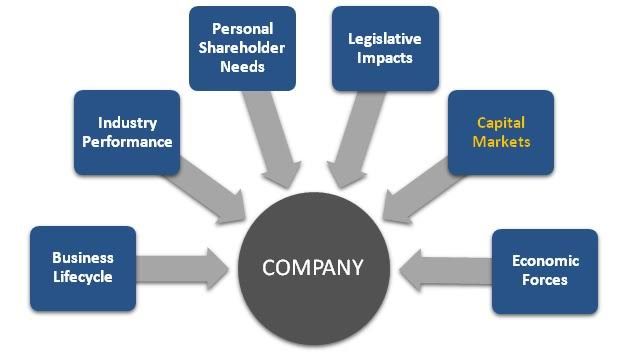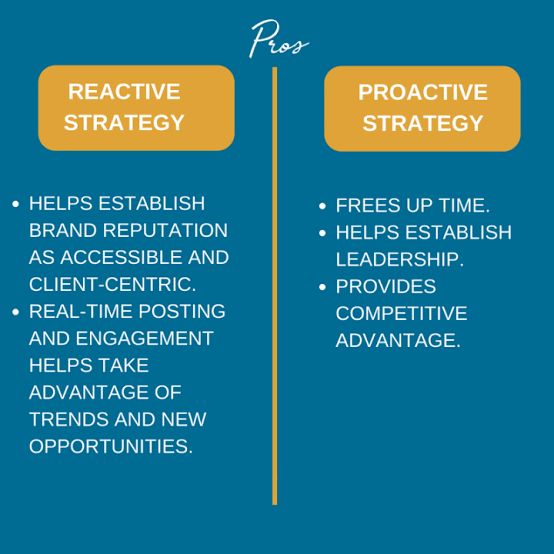Importance Of Business Environment
Aug 28, 2019 • 214 views
Business environment is a combination of several internal and external factors that influence the company's operations. They are forces in the environment that have significant effects on business processes. Having an auspicious and beneficial business environment can help a company gain more customers, establish brand name, build useful relationships and earn higher revenues.
Effect of business environment on a business
1. SWOT analysis
● A detailed understanding of the business environments helps a business to comprehend its leverage in the market.
These strengths are indicators of competitive advantage and should be stably maintained.
● Business environmental analysis displays sectors in the market where an organization does not perform as per the desired outcome.
Weaknesses are fields that require improvement and re-development to avoid substantial business crisis.
● Strengths and weaknesses together lay out the different opportunities that exist in the market that a business can potentially exploit in-order-to gain from them.
Opportunities for businesses are stepping-stones that an organization should always strive to overcome in-order-to progress in the industry.
● One of the most important scans during environmental analysis is the study of competition. This study helps the business in recognizing its threats.
To avoid threats, every business should constantly work towards building their competitive advantage.
2. Adapting to market changes
Environment study keeps a business updated about the latest socio-economic changes. To ensure that the business survives market fluctuations, adapting to these changes is essential.

Market factors; Source – foundersib.com
3. Flexible and dynamic nature
All market and business environments constantly change in different patterns. A detailed study will help keep the business flexible and dynamic, in response to constantly changing environmental forces.
4. Future-oriented planning
Business environment helps in risk assessment and helps in defining the risk control activities that a business can take up to defuse assessed risk.
This helps the business in planning ahead for the future to avoid adverse surprises that may deeply affect the business.
5. Optimum resource allocation
All resources in the business must be ideally deployed in-order-to avoid wastage of resources and money. Business environmental lays down the structure of these resources that needs to be deployed in the most effective method.
Components of business environment
❖ Economic factors
Economic factors are market and industry related forces that influence the business directions.
Economic factors are vast and complicated to understand -
● Economic infrastructure
● Money and banking
● Employment rates
● Economic status (growth and development)
● Price levels
● Inflation and recession

Economic factors; Source – businesszeal.com
For a detailed analysis of economic factors, click here.
❖ Social factors
Social factors are people dependent and focused towards relationship management. These factors are most likely to affect customer base and demand and supply chain of the market –
● Buyers and Sellers
● Educational levels
● Buying habits
● Value perceptions.
❖ Legal factors
Regulatory amendments in the Trade reforms of the country can open or close doors for numerous business opportunities.
For example, GST and Demonetization, both had serious effects on Trade in India. Demonetization affected money supply and brought in high liquidity tensions among several businesses. GST values also affected all businesses and revised the invoice and tax return systems.
❖ Political factors
The latest example for political factors is the scrapping of Article 370 in Jammu and Kashmir. This initiative by the government has initiated several real estate agents to begin conducting business activities on Kashmir grounds.
Political factors hence have far-reaching consequences on business activities. While they may create opportunities for some businesses, they may also create obstacles for others.
❖ Technological factors
In the modern world where the use of technology is rapidly expanding, businesses must keep themselves updated with all technological advancements.
An organization can flourish in the internet platforms if they sufficiently familiarize themselves with technological systems and use it appropriately for their benefit.
Response to environmental factors
Merely studying and understanding the business environment is not enough for a business to survive. Appropriate measures to counter threats and exploit opportunities should be taken to assure growth and development.
A promising business is partly proactive and partly reactive in nature. Proactive nature of the business comes from the planning stages where all future outcomes are provided for, whereas reactive natures come from responses to sudden developments in the business environment.

Advantages of proactive and reactive strategies ; Source – www.suite532.com
Basis for Environmental Analysis
Apart from the effects of business environments on the business, there are various reasons that serve as a logic behind detailed Environmental study –
1. Expanding customer base
Business environmental guides businesses to become more socially acceptable by outlining important decisions that potentially favor buyers. This increases the attractiveness of the business in the eyes of customers and prospectively leads to increase in customer base.
2. Growth and survival
Business environment accounts for all major stakeholders of the company. Hence, a propitious business environment is desirable for development of the business. Only through constant developments can a business turn sustainable and survive in the market.
3. Effective performance
After attending to all factors mentioned above, a business can automatically boost its operations and become more productive, effective and efficient.
In conclusion, all businesses desire to earn the highest possible profits. In present times, business environment stands as a driving element of all decisions. A business can create the most unique and innovative product but it cannot flourish without adhering to the business environment. Satisfactory business environments can assure promising financial gains.
